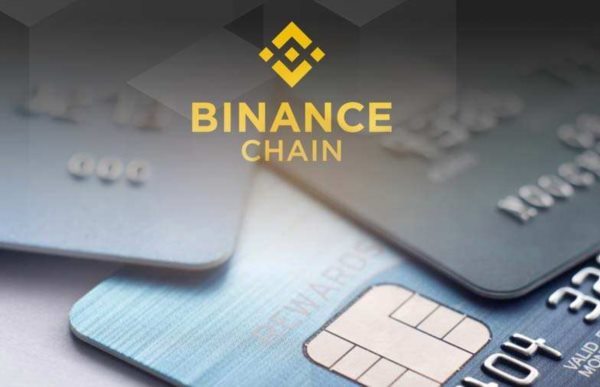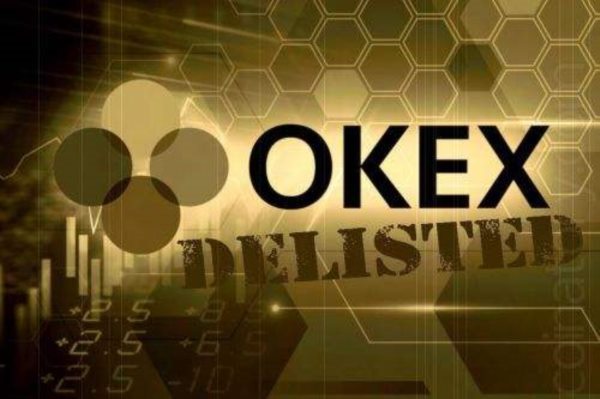時間:2024-07-18|瀏覽:329
披露:此處表達的觀點和意見僅屬于作者,不代表 crypto.news 編輯部的觀點和意見。
未來,所有可交易資產都將被代幣化。如果這聽起來像是一個過于大膽的預測,那么你應該仔細考慮一下來自傳統金融 (tradfi) 的主要基金,它們正在為現實世界資產 (RWA) 代幣化的崛起增添動力。
你可能還喜歡:現實世界資產:2024 年是代幣化的突破之年 | 觀點
全球最大資產管理公司貝萊德首席執行官拉里·芬克 (Larry Fink) 認為,證券代幣化將預示傳統金融市場“下一代”的到來。伯恩斯坦私人財富管理公司 (Bernstein Private Wealth Management) 預測,到 2028 年,代幣化的整體市場規模可能高達 5 萬億美元,其中,央行數字貨幣 (CBDC)、穩定幣、私募基金、證券和房地產的引入將引領這一市場。
今年早些時候,貝萊德推出了其首只代幣化基金——貝萊德美元機構數字流動性基金 (BUIDL)。BUIDL 在以太坊上推出,投資者可以通過 Securitize Markets 認購該基金來獲得美元收益。紐約梅隆銀行為 BUIDL 基金在數字代幣和傳統金融市場之間實現了互操作性。BUIDL 的初始生態系統參與者包括 Anchorage Digital Bank、BitGo、Coinbase 和 Fireblocks,以及數字代幣領域的其他市場參與者和基礎設施提供商。
根據 RWA.xyz 的數據,BUIDL 現在是最大的代幣化國庫基金,市值已超過 5 億美元。RWA.xyz 強調,在各種金融生態系統中使用代幣化國庫作為抵押品的趨勢日益增加,這表明代幣化國庫正在尋找實際應用。
整體代幣化資金市場也取得了令人矚目的增長,其總市值從 5.724 億美元飆升至 17.9 億美元,同比增長 212.72%。根據 CoinGecko 的數據,過去 24 小時內 RWA 相關資產的總市值增長了 11.7%。
貝萊德推出 BUIDL 之前,富蘭克林鄧普頓去年推出了富蘭克林 OnChain 美國政府貨幣基金 (FOBXX),這是首個部署在 Stellar 區塊鏈上的代幣化貨幣市場基金。該基金將其總資產的至少 99.5% 投資于美國政府證券、現金和完全由政府證券或現金抵押的回購協議。
Meanwhile, Edinburgh-based Abrdn launched a tokenized money market fundin 2023, the first of its kind in the United Kingdom, the Aberdeen Standard Liquidity Fund (Lux)—Sterling Fund. The UK Treasury has already established a Technology Working Group to look at how blockchain technology can be implemented in the asset management space. The Technology Working Group has published a blueprint for regulated funds in the UK to put the assets that they hold onto the blockchain. These guidelines will enable asset managers authorized by the UK’s Financial Conduct Authority (FCA) to tokenize funds, providing the fund’s managers continue to provide valuations and settlement through the same processes and timeframes.
Michelle Scrimgeour, chief executive at Legal & General Investment Management and chair of the working group, described the publication of the report by the Technology Working Group as a milestone in the implementation of tokenization within the fund industry of the UK. “Fund tokenization has great potential to revolutionize how our industry operates by enabling greater efficiency and liquidity, enhanced risk management, and the creation of more bespoke portfolios,” he said in an interview.
In a further innovation, Jiritsu, a layer one blockchain RWA platform backed by gumi Cryptos Capital, Republic Capital, Polymorphic, Tokentus, and Susquehanna, has integrated with BlackRock’s ecosystem to enhance RWA verification. This integration aims to revolutionize how RWAs are managed and verified. Jiritsu’s technology extends the concept of proof of reserves to include the precise value backing Bitcoin Exchange Traded Funds (ETFs) and any RWA.
The decision of BlackRock and Franklin Templeton to form joint ventures with established participants in the digital token space demonstrates a willingness in tradfi to leverage the expertise of web3 to deliver safe and scalable solutions for RWA.
Assets that reside on balance sheets in tradfi markets that can be tokenized include financial assets, such as bonds and equities, tangible assets—such as land, real estate, and commodities—and intangible assets, such as Intellectual Property (IP).
As financial assets and many intangible assets are digital in nature, the blockchain is ideally suited to represent and secure ownership of the underlying digital asset. Furthermore, the integration of onchain transparency will empower decentralized finance (defi) solutions, offering synthetic assets, options, and granular insights into asset flows.
In a report titled “Tokenization: A digital-asset déjà vu,” McKinsey & Co. outlined how tokenization can enhance levels of automation in tadfi markets as a result of the capacity to embed code in a digital token with the programmability of digital tokens, providing the ability to engage with smart contracts.
Proponents of RWA argue that it has the potential to democratize historically less accessible investment opportunities with the provision of increased liquidity, proof of ownership, and transparency. Furthermore, tokenization can enable digital and non-digital assets that currently reside on the balance sheet of financial institutions to be tradeable and liquid 24 hours a day, seven days a week.
The drivers for tokenization in tradfi are manyfold. Tokenization provides trading opportunities for corporations and high-net-worth individuals who will benefit from more liquidity for their assets. Meanwhile, institutional investors benefit as capital providers and will be able to select from vastly more choices when investing in financial assets. Furthermore, the promise of smart financial contracts, which include the payment obligations and cash flows of all parties to the financial contract, will result in efficient price discovery and post-trade automation. This will allow the construction and re-balancing of risk-return adjusted portfolios at currently unachievable cost levels.
As this year’s launch of a flurry of Bitcoin ETFs proves, there is huge pent-up demand in the tradfi space for exposure to blockchain-based applications. Tokenized assets appear poised to bring increased transparency, liquidity, and accessibility to tradfi markets, facilitating fractional ownership and liquidity that may democratize access to high-quality investment assets. RWA could just be a catalyst for the next wave of innovation as the blockchain proves to be a highly resilient—and compatible—technology for the evolution of tradfi markets.
Read more: A tough climb: Neobanks can democratize access to defi products | Opinion
Author: Arthur Firstov
Arthur Firstov 是全球支付基礎設施平臺 Mercuryo 駐倫敦的首席商務官 (CBO)。他擁有歐洲商學院區塊鏈管理 MBA 學位和伯明翰大學全球銀行和金融 MBA 學位。Arthur 在幫助 Mercuryo 與 300 多家數字代幣領域的公司合作方面發揮了關鍵作用,包括幣安、MetaMask、Ledger、Jupiter 和 Trust Wallet。Arthur 首次涉足數字代幣和區塊鏈世??界是在 2018 年,當時他開始探索第一批加密貨幣交易所和錢包。Arthur 的金融職業生涯始于支付解決方案提供商和銀行系統的銷售專家。他負責建立金融公司與其目標客戶和合作伙伴之間的長期關系,確保出色的公司銷售,并幫助引入新產品。此后,他已成為一位經驗豐富的商業領袖,在銷售、客戶關系和 B2B 合作伙伴關系方面擁有超過七年的經驗。Arthur 一直深入參與與去中心化金融領域的最大參與者一起創建第一個數字支付用例。 Arthur 堅信區塊鏈技術能夠徹底改變商業和金融。








![[奇林卡拉]與 ScapesMania 一起駕馭創新浪潮](/img/20231231/3097550-1.jpg)
